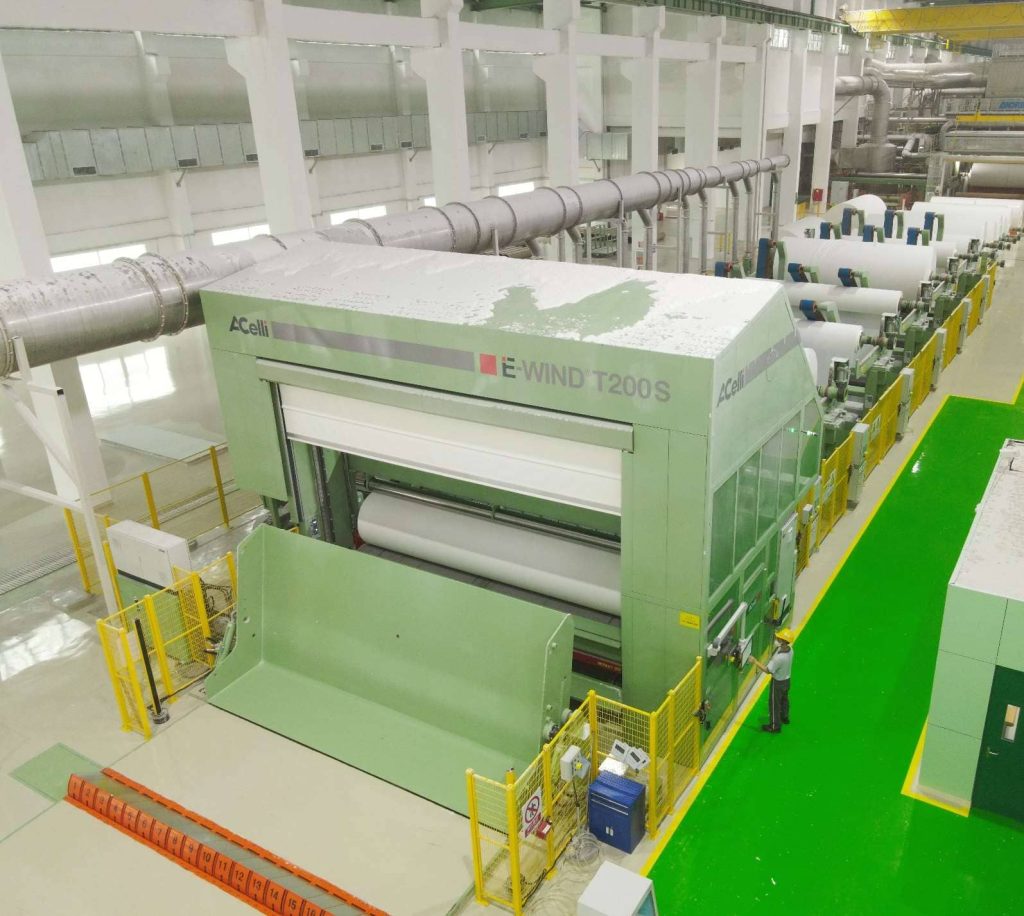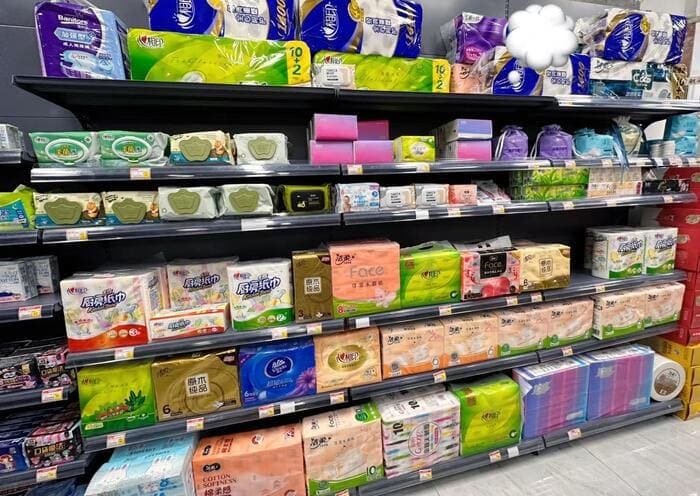How to Reduce Paper Loss in Toilet Paper Production?
Toilet paper is one of the most essential and widely used hygiene products in the world. It is made from wood pulp or recycled paper that undergoes several processes to become soft, strong, and absorbent. Some of the main equipment used in toilet paper production are rewinders and cutters, which transform large parent rolls into smaller consumer rolls. However, during these processes, there are inevitable paper losses that reduce the efficiency and profitability of the production. In this article, we will examine when and why paper losses occur and how to reduce them using various strategies.

• Two auto packing lines
• One poly packing line
When Do Losses Occur?
Paper losses can occur at different stages of toilet paper production, depending on the quality of the raw material, the condition of the equipment, and the skill of the operators. Some of the common loss points are:
• During rewinding parent rolls into smaller rolls
o Tension issues can cause web breaks, which interrupt the production and waste paper
o Improper rewinding can lead to telescoping rolls, which are unevenly wound and have loose edges
• During log cutting of parent rolls
o Dull blades lead to rough cuts and paper dust, which reduce the quality and quantity of the product
o Inconsistent log shape leads to end losses, which are the excess paper that is trimmed off from the log ends
• During final cutting and packaging
o Inaccurate cutting causes product rejects, which are rolls that do not meet the specifications for size, weight, or appearance
o Poor packaging leads to damaged product, which are rolls that are torn, crushed, or stained during transportation or storage

Strategies for Reducing Paper Loss
Paper loss reduction is a key factor for improving the efficiency and sustainability of toilet paper production. By implementing some of the following strategies, producers can minimize paper waste and maximize product quality:
• Maintain proper tension on rewinders
o Use automatic tension controls that adjust the tension according to the diameter and speed of the parent roll
o Regularly monitor and adjust the tension as needed to prevent web breaks and telescoping rolls
• Keep log cutter blades sharp
o Replace blades as needed or use self-sharpening blades that maintain their edge
o Use correct cutting pressure that matches the thickness and hardness of the paper
• Optimize cutting and packaging processes
o Calibrate equipment regularly to ensure accurate and consistent cutting
o Train employees on proper procedures for handling, loading, and unloading the product
o Inspect finished packages for damage and repair or replace them if necessary

• Ream detection device
• Auto reject bad reams
Implementing a Paper Loss Monitoring System
To effectively reduce paper loss, producers need to have a system that tracks and measures the loss at each process stage. A paper loss monitoring system can help producers:
• Set reasonable goals for loss reduction based on industry standards and best practices
• Identify high loss areas and troubleshoot the causes using data analysis and root cause analysis
• Continuously evaluate and improve the performance of the equipment and operators using feedback and corrective actions
In Conclusion, Paper loss is a common challenge in toilet paper production that affects the efficiency and profitability of the industry. By understanding when and why losses occur and how to reduce them using various strategies, producers can improve their product quality and reduce their environmental impact. A paper loss monitoring system can help producers achieve their loss reduction goals by providing them with accurate and timely information. By reducing paper waste, producers can also save costs, increase customer satisfaction, and enhance their competitive advantage.






